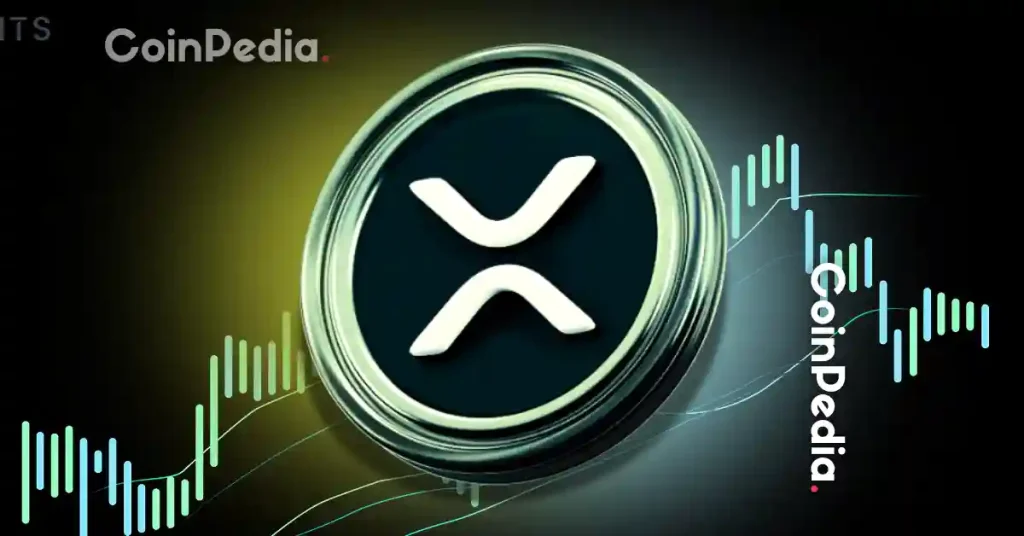Chainlink vs XRP in 2025: Clash of Titans or Apples vs Oranges? Which Crypto Delivers More Bang for Your Buck?
Oracle networks and payment rails don't compete—but your portfolio does. Here's how these blockchain heavyweights stack up in the bull market's next phase.
The Data Whisperer vs The Bank Slayer
Chainlink's decentralized oracles feed real-world data to smart contracts, while XRP zips cross-border payments past SWIFT's stone-age systems. Different tools for different jobs—but both targeting finance's pain points.
Adoption Wars: Enterprise Love vs Institutional Suspicion
LINK keeps signing Fortune 500 partnerships like a blockchain salesforce MVP. XRP? Still battling SEC FUD while remittance corridors quietly adopt its tech. Guess which one hedge funds won't touch with a 10-foot pole.
Tokenomics Throwdown
Chainlink's staking mechanics create built-in demand loops. XRP's escrowed supply could flood the market—or get strategically dripped to 'maintain ecosystem health' (read: prop up the price).
Bottom line: Want exposure to DeFi's plumbing or betting on banks finally getting their act together? Either way, just remember—the 'blockchain not Bitcoin' crowd still hasn't explained why they need a token at all.

In the crypto world, chainlink and XRP are often discussed side-by-side, but not because they are in direct competition. The two projects simply serve very different purposes.
XRP’s technology is widely used for cross-border payments, especially by banks and payment providers. Chainlink, on the other hand, is less visible to the general public but plays an important role in connecting blockchains with real-world data.
A Viral Debate on X
A recent post on X (formerly Twitter) sparked a discussion between the two communities.
One expert opened up about Chainlink, saying they had “I’ve never seen it work in real life” or met anyone building with it. He argued that developers on the ground know what works better than influencers promoting projects.
i have actually seen @ripple’s tech work in real life.
i’ve never seen @chainlink work in real life, nor have i met anyone building with Chainlink either.
when you spend every day on the ground with developers you understand what tech works much better than an influencer who’s… https://t.co/0SIbExpvPf
However, another analyst replied, stressing that the two projects serve completely different purposes. XRP, through RippleNet, focuses on fast, low-cost global payments. Chainlink ensures authenticity and data accuracy for blockchains.
They also pointed out that the LINK token is mainly for payments, is not native to Chainlink, and runs on ethereum as an ERC-20 token. “You can’t compare chain and XRPL, it’s like comparing MS Word with PHOTSHOP,” (sic) Vincent Van Code wrote.
Key Differences Between Chainlink and XRP
- While XRP is essentially a fintech targeted at institutions, Chainlink’s scope is more limited. Its pitch is to be the middleware that provides the data sources (“oracles”) that let blockchains talk to each other, and to traditional finance.
- XRP usually ranks higher in overall comparison due to its larger capitalization and feasibility in payment transactions, and on the other hand, Chainlink is generally more expensive to trade internationally.
- The current trading price of Chainlink (LINK) is approximately $22.16 USD with a market cap of $15.02 billion, while the XRP price is $3.27 USD with a market capitalization of $193.91 billion USD.
- Chailink is not built for asset transfer; its primary utility is as a data infrastructure layer, unlike XRP, which allows high-speed cross-border transactions, with protocol-level liquidity and anti-frontrunning mechanisms.

